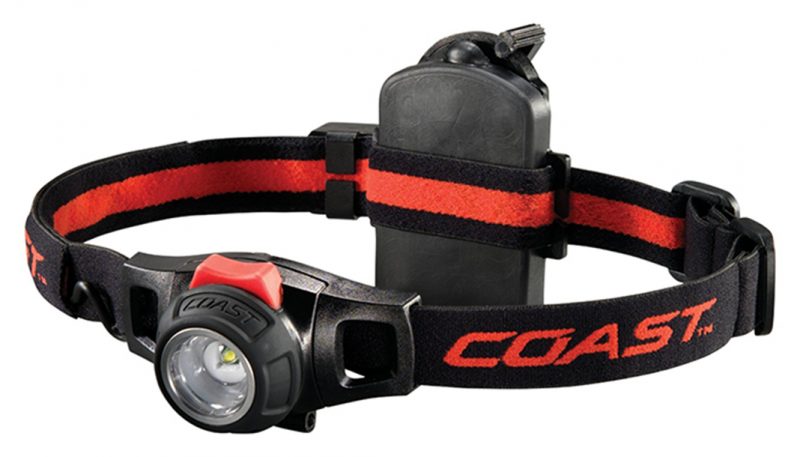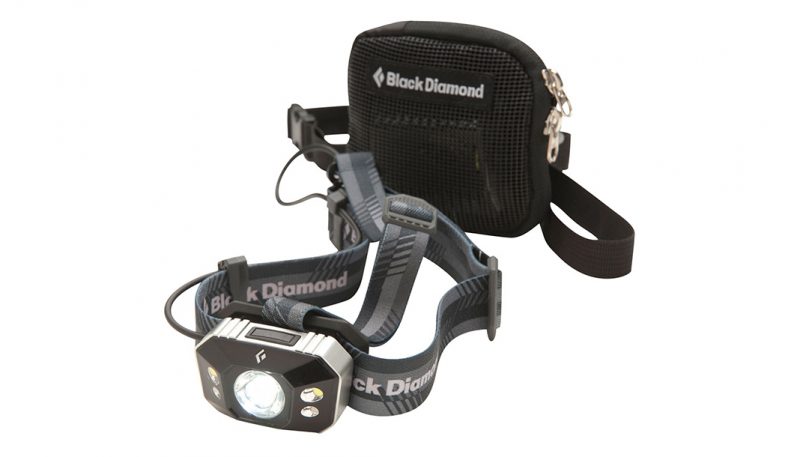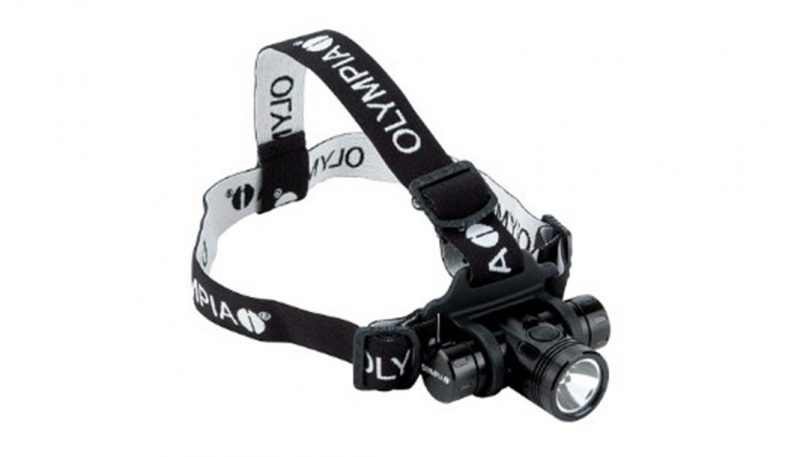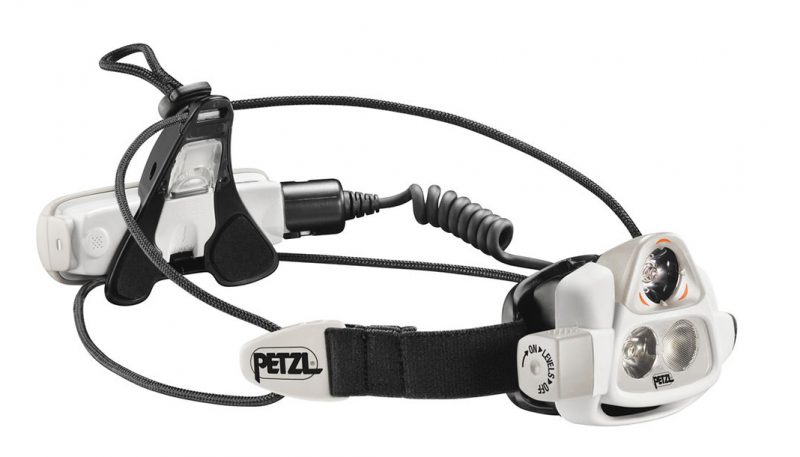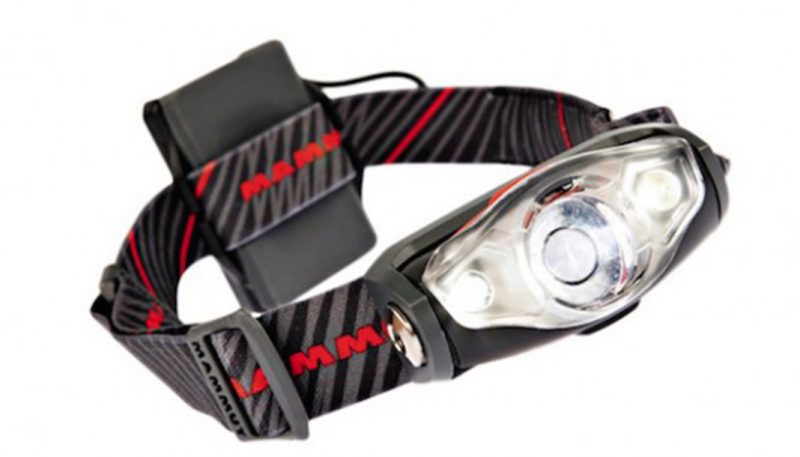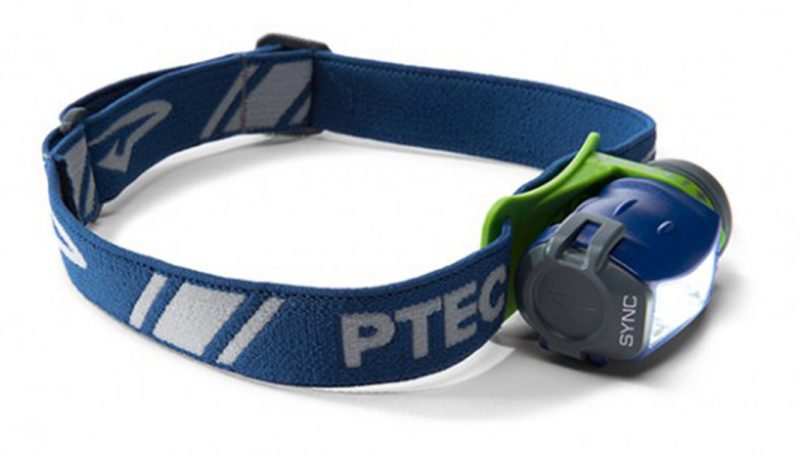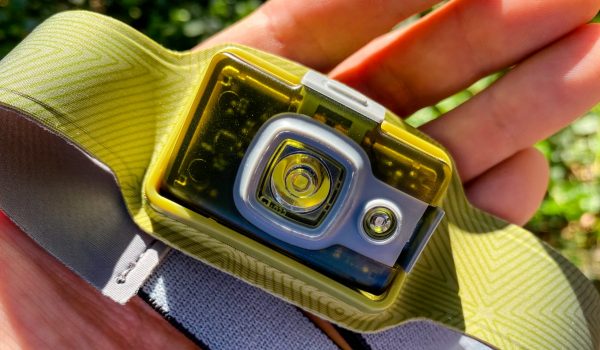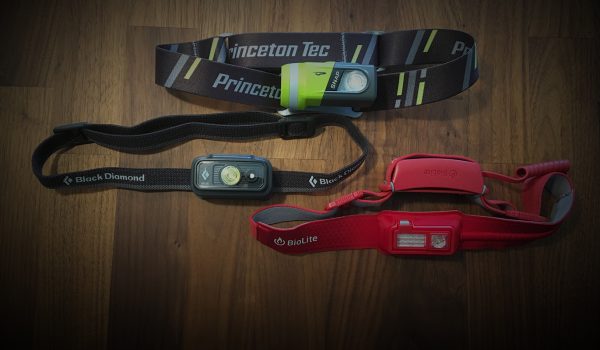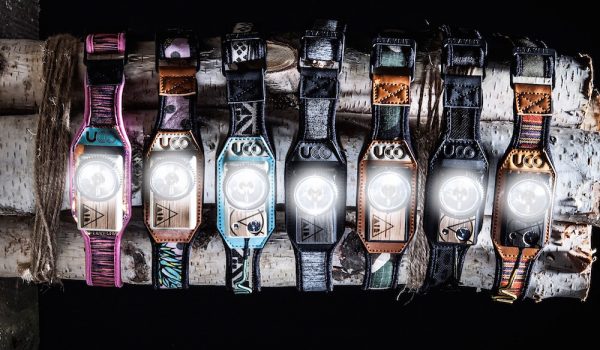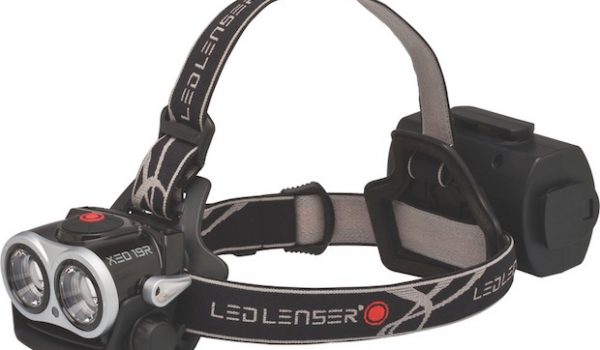Brightness
Using a light meter that measures lux, each of these lamps were tested to determine the furthest distance at which they registered 1 and 10 lux, both directly in front of the beam and at a 10 degree angle from the line of the beam to determine peripheral brightness. For reference, 1 lux is about the brightness of a standard paper match, seen from the distance of one foot. However, even with this method, this category was challenging to test because of the variety of light quality projected from each lamp.
At the extremes, the lights vary in beam focus quite drastically. Compare the Mammut X-Shot, which measured 1 lux all the way to 132 feet directly in front, while only projecting 1 lux to 35 feet when measured 10 degrees off the center beam, a ratio of nearly 4 to 1. On the other hand, the COAST HL7R reached 78 feet directly in front, while reaching 40 feet at 10 degrees; a ratio of 2 to 1. For this rating, the lamps were all tested at max power with their beams focused, where it was possible, to obtain the maximum distance.
The ratio in the preceding paragraph provides insight into the quality of light measured by distribution. With traditional bulbs, a light shined on a wall produces a distribution that is noticeably brighter in the center, a dim ring around that, and a bright ring near the edges which then softly diffuses. However, with LED technology, combined with advanced lens shaping, it is possible to produce a perfectly uniform circle of light with a distinct edge.
The insight drawn from a distribution analysis has to do with light efficiency. A light that produces a diffuse edge, with a noticeable amount of ambient light, comes at the cost of power that could have been aimed toward the center beam. So, a light such as the Princeton Tec Sync is considerably dimmer than other lights, while illuminating an area so broad it appears almost like a bulb. On the other hand, the COAST HL7R captures all of the light produced by the bulb and distributes it only inside a very defined circle, doing it so evenly that any distortions and abnormalities are undetectable to the human eye. The technology in the HL7R results in the brightest beam possible over the area upon which the light shines, maximizing the power from the batteries.
Our tests took both of these factors into consideration in selecting a headlamp that provides the most versatility across outdoor activities. While it is certainly attractive to have a bright beam, this often comes at the cost of battery life and size. In addition, when moving the head using a light with an uneven distribution, illuminated objects appear to “shift.” More weight was placed on the quality of the beam because it is often objectively more important to accurately see the task at hand, than it is to see far away objects.
Let’s compare two very different lights. The light projected from the Petzl NAO produced some of the most light among the lamps; it scored high in both distance and peripheral illumination. The light projected from the HL7R, on the other hand, was a perfectly uniform disc and movement of the head had no impact on the brightness of any individual spot so long as it remained in the illuminated area. Ultimately, the distance carried enough weight for the Nao to beat the HL7R in this rating. However, the HL7R scored very high because we were most impressed with what it was able to do with the light it did produce.
Battery Life
The lamps were turned on and a camera captured photos at set increments of time until the bulbs no longer shined enough light to be reasonably detectable. This ended up being about 0.3 lux at 10 feet, equivalent to the brightness of a mobile phone screen at that distance. Each lamp was either fully charged or loaded with new batteries and they were not turned off until depleted. The photos were then compiled into time-lapse videos to demonstrate the quality of the beam as the battery power degrades.
While battery life was the primary consideration, another factor we considered was whether the batteries were rechargeable. Headlamps are used for a very wide variety of reasons, with one of the most important being the amount of time a light stays on. If camping for longer than one night, having a lamp that doesn’t require spare batteries is always preferable. However, most people carry power banks now that allow for small devices to be recharged via USB. As a result, the ability for a light to be recharged weighed favorably, with bonus points to any lamp that had rechargeable batteries that could be swapped out for spares.
There are two additional considerations that push the lamps one way or the other. One is whether the lamp shut off completely once the batteries depleted, or if it continued to dim until light was no longer detectable. The second is whether the headlamps met the expectations set by the manufacturer of predicted run-time.
This rating can best be demonstrated with the following examples. Take the Olympus EX 550, which scored poorly with a rating of 3. This lamp has a short battery life at just over three hours, it shuts off completely once the battery is dead, and it uses a very expensive and rare type of battery. No one would argue that this combination makes the EX 550 beg for an upgrade. On the other hand, the COAST HL7R has a similar battery life with just under 3 hours, but it dims as the battery is drained, the battery life is markedly extended with a lower power output, the headlamp can be recharged via USB, and it comes packaged with rechargeable AAA batteries that can be swapped out instantly for fresh backups. While the run-time on the HL7R gave it a low score to start, these other advantages produce a meaningful advantage.
Comfort
Comfort was a major factor in the test, as one must wear the lamps for an extended period of time. The selection of headlamps provided a wide variety of methods to keep the lamp on, as well as different ways of distributing the components. For the purposes of the review, headlamp straps were tested a little loose, in a way they would be comfortable for several days in a row of putting the headlamp on around dusk and wearing it for a few hours until crawling into a sleeping bag. We often tighten up a headlamp and sacrifice some comfort during an activity like trail running. In other cases, the headlamp is strapped to a helmet, and comfort is a non-issue. Ultimately, because comfort is such a subjective category, this rating was influenced by the following factors.
First, and most importantly, was whether the headlamp had any obvious features that made it stand out from others and how that came into play. An example is the Petzl Nao which has stiff plastic that is designed to distribute the pressure. Unfortunately, sharp edges that don’t perfectly fit the shape of the wearer’s head place pressure at specific points, ironically causing discomfort and leaving a visible mark on the skin after even short periods of use.
Second, a headlamp is worn while doing things like hiking, climbing, biking, etc., so a another factor was whether the lamp stayed put during impact activities. Headlamps with top straps performed particularly well, as this additional stabilization prevented them from bobbling up and down. On the other hand, lamps such as the Princeton Tec Sync experienced problems. The weight of the Sync is concentrated away from the attachment point on a swivel. This causes the entire mechanism to roll up or down during most any impact.
A third consideration is weight distribution. The bobbing action in the previous paragraph is mitigated in other models such as the Mammut X-shot, where the battery pack is placed on the rear of the lamp. The distribution of weight minimized the amount of force that is experienced by the lamp and prevents noticeable bobbing. Weight distribution also plays a part in comfort directly. There is a noticeable difference in a lamp like the Olympia EX 550, which is essentially a large metal block on the front of the head, and models such as the COAST HL7R that distribute the weight evenly in the front and back of the head. The feeling of even weight distribution creates a subtle confidence that any sudden jarring action won’t toss the headlamp off the head and into a dark crevasse or down the cliff.
This bobbling action ties into the fourth consideration, which is whether the headlamp can be operated with one hand. The Sync best demonstrates this because when we tried to change the setting, the entire lamp would rotate with the switch. This means it lost points because we needed to use two hands; one to hold the body of the lamp steady, and the other to rotate the switch to our desired setting.
And finally, the last consideration was whether the peripherals caused discomfort. This is evident in the Black Diamond Icon Polar that has backpack straps on a battery pack that is connected to the headlamp by a rubber coated metal wire. While there is certainly reason for this design, it did require some logistical consideration when putting layers on and taking them off. In addition, the wire tugged gently as we turned our heads because it would inevitably become taut between clothing layers or the backpack.
Ease of Use
The Ease of Use rating is very important because it can mean the difference between turning the lamp on without frustration, or fumbling around until the user rips it off their head to examine the controls. However, it is not just the operation, but also the overall design that makes it easy to pick up and turn on seamlessly.
An initial component is the overall design of each headamp and how easy it is to put on. For example, the Petzl Nao has thin strings that sometimes twist in a pack and become tangled, this can be further complicated if the USB battery pack is detached and the power cable is unplugged. For a first-time user, this configuration can take several minutes to figure out. Another headlamp that deserves a mention is the Black Diamond Icon Polar due to the battery pack with backpack straps which loop around the power cord. We have yet to figure out a neat way to pack it, other than stuffing it into its own baggie so that the Icon does not get tangled amongst other items in the pack. On the other hand, plain strap lamps like the Princeton Tec Sync are so simple the only thing that can go wrong is putting it on upside down—but even then, it will still work.
The next component of this rating is in the operation of the light. Some lights, such as the Olympia EX 550, have one button that cycles through simple settings; off, on, and strobe. This is ideal because so long as the wearer can find the button, they can get the light on. However, for more complicated functions such as dimming, multi-colored lights, and locking the lamp, figuring out the press sequence on one button becomes frustrating.
The selection of headlamps we tested offered solutions on easy operation to varying degrees of satisfaction. The worst offender is the Black Diamond Icon Polar. This lamp literally operates more than five functions through a variety of button press combinations; lock/unlock, on/off, dim, high setting, low setting, red light, dim red light, and strobe. I have owned the Icon for several years now and still get lost. A headlamp that is somewhere in between is the Petzl Nao. The Nao has a knob that twists, but has a short delay that causes confusion when turning on and off. In addition, there is often no noticeable difference between the high power and Reactive Lighting settings. At least Petzl programmed the lock-out function in the Nao to activate by twisting the knob in the opposite direction.
Additional considerations were the ease of use of the button, switch, or lever on each headlamp. The Mammut X-Shot lost out because, although the buttons are easy to find, the rubber button cover is larger than the actual switch underneath. This means that pressing the button does not always activate the light. This consideration also takes into account whether the headlamp can be operated with winter gloves or mittens. The Princeton Tec Sync, for example, was difficult to operate with a heavy mitt, and moisture on the knob made operation slippery.
Features
The Features rating was the most diverse category of testing. Some lamps were packed with features, while others did not have any. It would be unfair to praise a lamp simply because it has additional features, that would mean more features results in a better lamp. So, this rating assumed all the lamps are even from the start, and features weighed towards the rating based on whether they added to the overall experience of the lamp, or made no sense and frustrated the user.
There are a couple examples that illustrate the way this rating played out. The Olympia EX 550 is the simplest lamp. Its features are a lock out function and a strobe. Both of these are useful, in particular the lock out function is welcome in a lamp where each 3 hours costs over $10. However, they do not add much value to the lamp overall and bump it from a 5 to a 6. On the other hand, the Black Diamond Icon Polar is packed full of features that make it the best expedition lamp. In spite of the frustrations with comfort and ease of use, this lamp offers a set of features that set it apart from the rest; specifically, a separate battery pack that is protected from extreme temperatures and offers a larger power bank with AA batteries, a red light that also dims, and a lock out that flashes blue when engaged.
Review Conclusion
Headlamps were originally a light attached by a strap to the head, but in today’s specialized technical environment the headlamp has become a precision instrument. The design of a headlamp makes it advantageous in some situations, and a distraction in others. Our tests were designed to identify the headlamp that achieved the highest overall score, making it the best headlamp for a wide variety of uses. However, each lamp has unique features that can make it the best tool for the job depending on the activity it is chosen for. For example, even though it ranked 5th, the Mammut X-Shot is an excellent choice for climbing.
The difference in the headlamps selected for this review was also very broad. For example, the lamps varied from the latest technology with the Petzl Nao featuring the Reactive Lighting technology, to the simple, tried and true models like the Princeton Tec Sync and Olympia EX 550 that just turned on and off. However, in the end, this aspect did not predict the rankings. The simple-to-use COAST HL7R took the top spot, and the similarly simple Sync scored the lowest.
In fact, no single rating was predictive of the final standings. All of the brands are established in the lighting world, and these were the top picks of 2015 with no surprises that caused any individual headlamp to fail. However, we definitely identified some challenges with the designs that we hope are addressed in future generations. Specifically, it would be great to see rechargeable and removable batteries with a USB port on each model. For a lamp like the Olympia EX 550, this may have brought it to the top of the pack.
Please keep in mind that each lamp has its own advantages. We recommend reading each review carefully.
Testing Methods
The Visibility Mini-Rating (Brightness Test):
For the purposes of this review, we determined the maximum distance at which the light meter reads values of 10 lux and 1 lux in two positions:
- directly ahead of the lamp in the primary beam
- 10º off of the center of the primary beam to measure peripheral illumination
The results provide a measure of balance in each model of headlamp. A balanced headlamp provides both clear illumination at the focus of the beam where the user is usually looking, as well as peripheral illumination that provides context in the area around that focus. An unbalanced headlamp strains the eyes because it requires additional effort to interpret the contrasting dark and light areas.
An example of an unbalanced headlamp is using a narrow beam while mountain biking. The contrast of the high intensity center to the much darker peripheral causes vision to process longer. As the brain tries to read both dark areas and highly illuminated areas, reaction time lags and the rider is unable to respond to features on the trail. Sometimes it is as if they can’t see them at all. So, a narrow beam headlamp is not a good choice for a mountain biker.
Run Time Testing
The lamps were turned on and a camera captured photos at set increments of time until the bulbs no longer shined enough light to be reasonably detectable. This ended up being about 0.3 lux at 10 feet, equivalent to the brightness of a mobile phone screen at the same distance. Each lamp was either fully charged or loaded with new batteries and they were not turned off until depleted. The photos were then compiled into time-lapse videos to demonstrate the quality of the beam as the battery power degrades and can be viewed in each of the the videos in the individual reviews.
Comfort
The basic test for comfort is putting the headlamp on. However, to prevent prejudice, a number of factors were taken into account to provide an objective analysis. One consideration was the way the weight was distributed and whether the lamp felt unbalanced with all the weight on the front or rear. As mentioned above, a lamp with all of its weight in the front can make a person feel nervous if they are performing an activity that can produce a jarring impact and knock the lamp off. A second consideration was complexity of the design. For example, the Black Diamond Icon Polar had several components that affected how the lamp feels when it is put on and caused varying levels of discomfort. The next consideration was whether any odd features made the lamp comfortable or uncomfortable. For example, the Petzl Nao’s sharp plastic corners leave visible marks on the skin. Secondary considerations are how the lamp behaves during high impact activities; whether it bobbles, and whether it can easily be operated with one hand.
Ease of Use
For this rating, intuitiveness and accident prevention were the deciding factors. Before the test could begin, we looked at how easy it was to put the headlamp on. This sounds simple, but we encountered models like the Black Diamond Icon Polar that had multiple straps, cords, and cables. Once we got to turning the lights on, the lamps that scored the highest had operation that was intuitive and simple. The COAST HL7R’s button that performs a limited number of simple functions scored the highest. On the other hand, the Icon Polar’s single button that performs all 5+ functions in complex combinations of presses, got the lowest score. Additional considerations were taken into account with regard to how the button, lever, or knob worked and where it was placed, as well as whether it could be operated with gloves.
Features
This category is a sort of catch all for aspects of the lamps that did not fit into any of the other ratings. Points were either added or subtracted depending on the functionality and usefulness or the un-intuitiveness or distracting nature of a feature. For features that added to the value of the headlamp, such as the Reactive Lighting technology of the Petzl Nao, the score was advanced. On the other hand, features that took away from the utility of a lamp lowered the score.
About This Category of Product
On Brightness and the Lux
The lux is a standard unit used as a measure of intensity, as perceived by the human eye, of light that hits or passes through a surface. It is designed specifically to illustrate human brightness perception. The following is a table of lux value of surfaces under different illumination:
|
Illuminance (lux)
|
Surface illuminated by:
|
|
0 lux
|
Moonless, overcast night sky
|
|
0.27-1.0 lux
|
Full moon on a clear night
|
|
10-15 lux
|
Candle light
|
|
50 lux
|
Family living room lights
|
|
80 lux
|
Office building hallway
|
|
100 lux
|
Very dark overcast day
|
|
320-500 lux
|
Office lighting
|
|
400 lux
|
Sunrise or sunset on a clear day
|
|
1000 lux
|
Overcast day, typical TV studio lighting
|
|
10,000-25,000 lux
|
Full daylight (not direct sun)
|
|
32,000-100,000 lux
|
Direct sunlight
|
https://en.wikipedia.org/wiki/Lux
Lux value range is used in architecture to set brightness levels in different types of rooms. For example: a large school lecture classroom is said to have adequate lighting if a light meter records 150 to 300 lux, whereas a research room requires 200 to 750 lux for comfortable reading conditions. For a space where simple tasks are performed such as passing through or identifying large objects, (as in a warehouse, garage, or fire escape), only 30 to 70 lux is required.
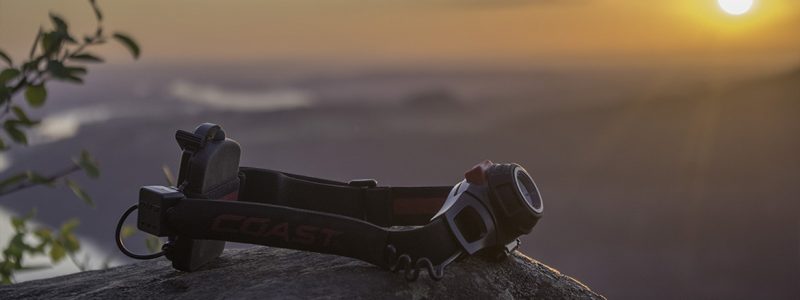








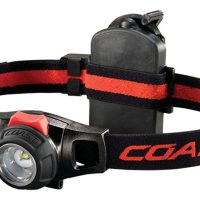
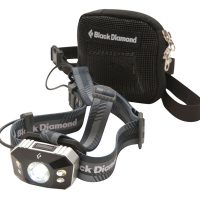

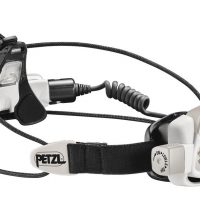
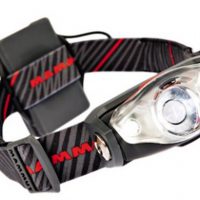
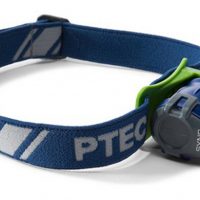
 88
88 